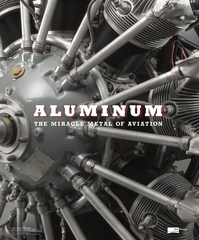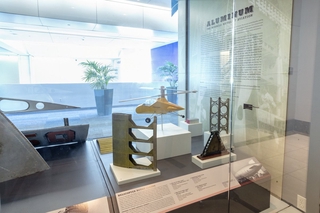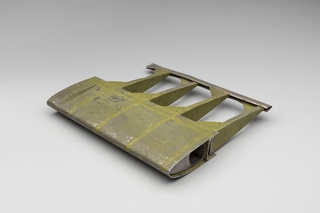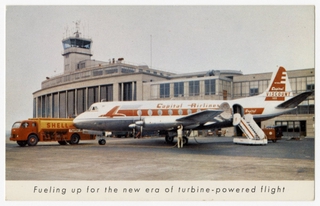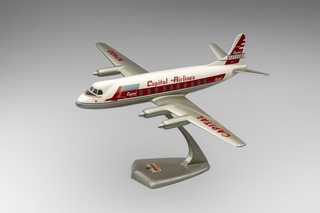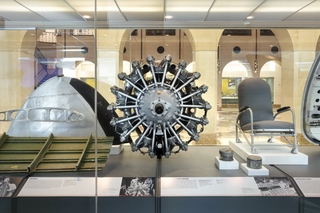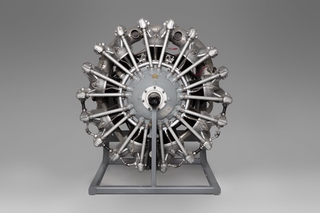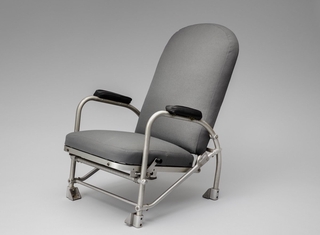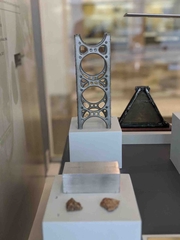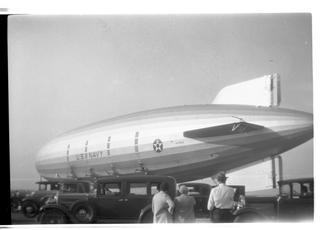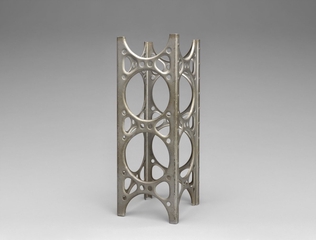Tweets about Aluminum: The Miracle Metal of Aviation We've posted 16 Tweets about this exhibition since it opened.
This is the last week to see “Aluminum: The Miracle Metal of Aviation”, currently on view in the Aviation Museum and Library. Learn about how #aluminum’s strength, malleability, and durability transformed the #aviation industry. https://t.co/hZ1EfCqRTK #avgeek #AviationAluminum
This tweet was posted on September 09, 2019.
"Aluminum: The Miracle Metal of Aviation" is on display, pre-security, in the Aviation Museum and Library in the International Terminal. https://t.co/hZ1EfCqRTK #AviationAluminum
This tweet was posted on July 21, 2019.
The XH-44 featured two rigid, counter-rotating rotor blades, which required the rigidity of aluminum in order to prevent contact at high revolutions, potentially causing severe damage to both. By the 1960s, most helicopter rotors were made out of aluminum. #AviationAluminum
This tweet was posted on July 21, 2019.
One of the first uses of aluminum helicopter rotor blades was in the Hiller XH-44 “Hiller-copter”, designed and built by Stanley Hiller, Jr. in 1944. Prior helicopter rotor blade designs were constructed primarily of wood and had a slight amount of flexibility. #AviationAluminum
This tweet was posted on July 21, 2019.
"Aluminum: The Miracle Metal of Aviation" is on display, pre-security, in the Aviation Museum and Library in the International Terminal. https://t.co/hZ1EfC9gva #AviationAluminum
This tweet was posted on July 16, 2019.
The Viscount was the world’s first turboprop airliner to go into service in 1953. The mid-range airliner featured a pressurized aluminum fuselage, a capacity for up to 75 passengers, and 4 turboprop engines. #AviationAluminum
This tweet was posted on July 16, 2019.
"Aluminum: The Miracle Metal of Aviation" is on display, pre-security, in the Aviation Museum and Library in the International Terminal. https://t.co/hZ1EfC9gva #AviationAluminum
This tweet was posted on June 20, 2019.
The Pratt & Whitney R-985 Wasp Junior is a nine-cylinder, air-cooled radial engine. The Wasp Junior was designed for the mid-size engine market and was installed in numerous civil, commercial, and military aircraft. #AviationAluminum
This tweet was posted on June 20, 2019.
The seat shown here was designed in 1940 by the Warren McArthur Corporation specifically for the Douglas DC-3 and C-47. It was the first seat designed by the company for passenger use in an airplane and adjustable to five positions. #AviationAluminum #avgeek
This tweet was posted on May 08, 2019.
Thank you to the Moffett Field Historical Society Museum. "Aluminum: The Miracle Metal of Aviation" is on display, pre-security, in the Aviation Museum and Library in the International Terminal. https://t.co/hZ1EfCqRTK #AviationAluminum
This tweet was posted on April 13, 2019.
The frame of the Macon was a three-keel Duralumin design and housed twelve gas bags, or cells, filled with helium gas. #AviationAluminum
This tweet was posted on April 13, 2019.
This structural beam frame section featured in "Aluminum: The Miracle Metal of Aviation" is from the U.S.S. Macon, ZRS-5, which was constructed in the Goodyear-Zeppelin air dock hangar near Akron, Ohio. #AviationAluminum
This tweet was posted on April 13, 2019.

